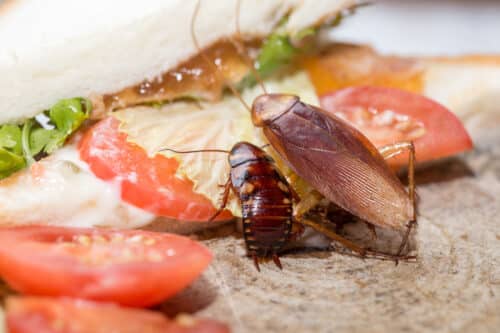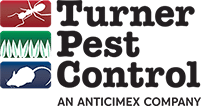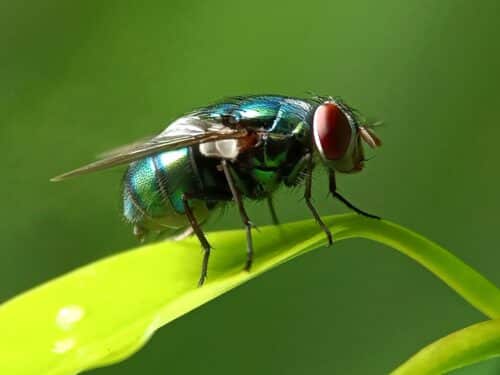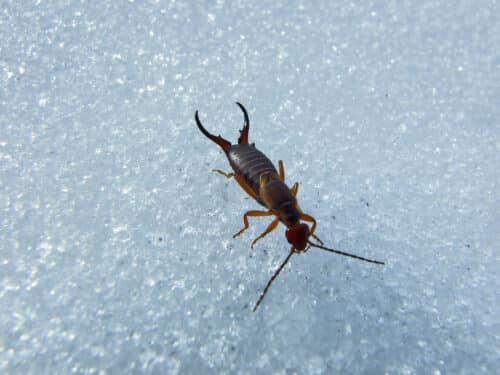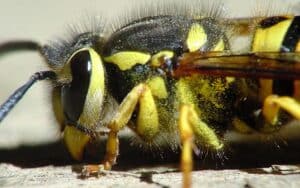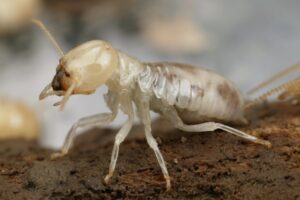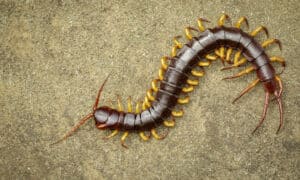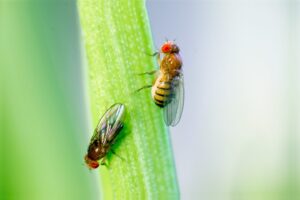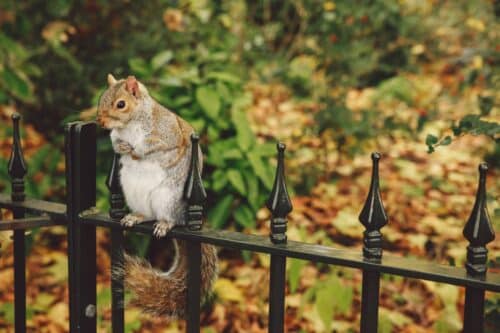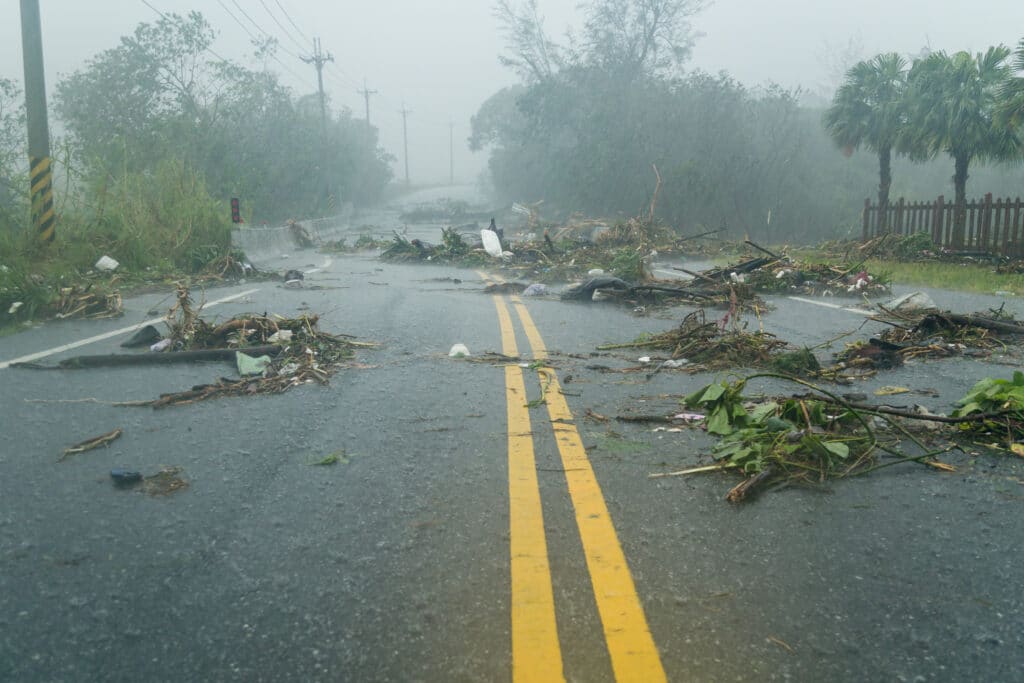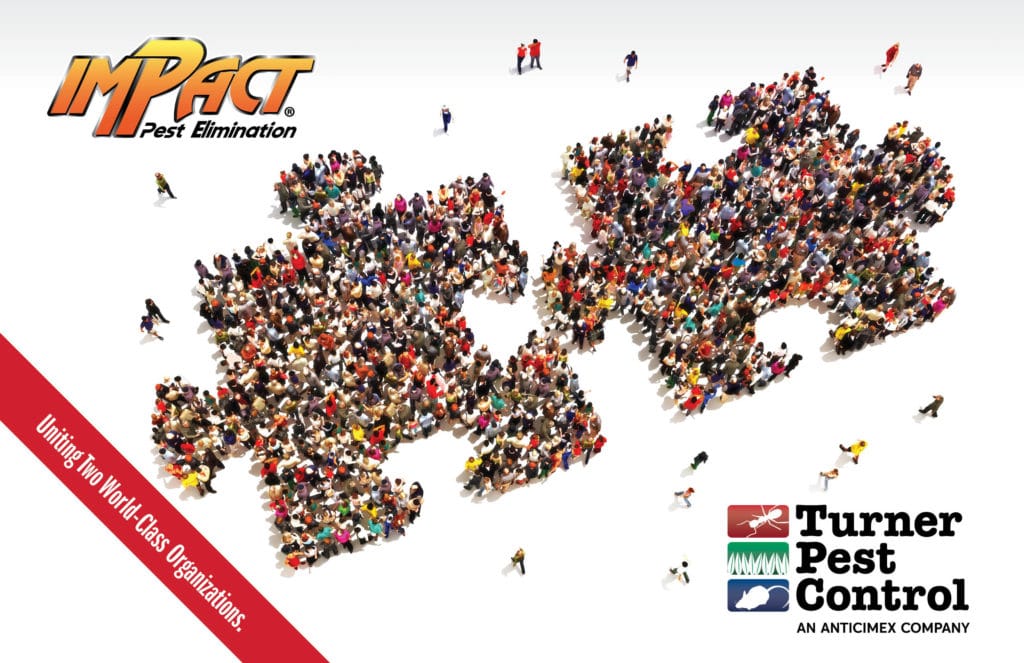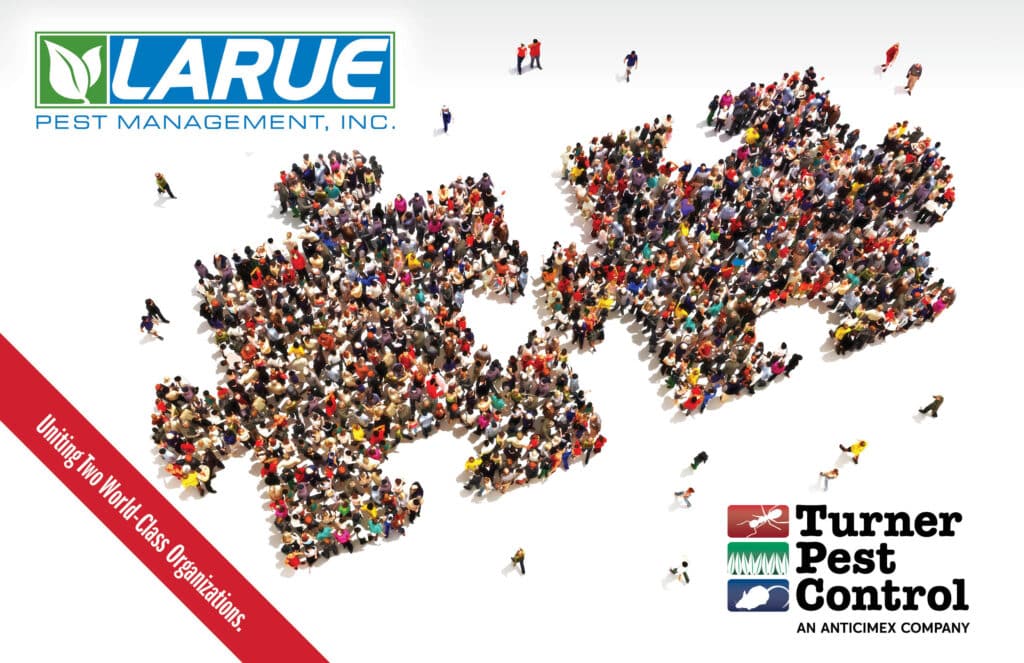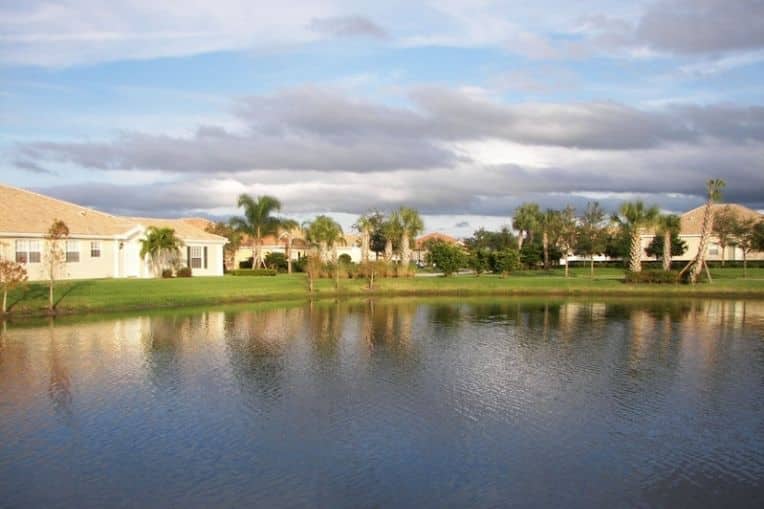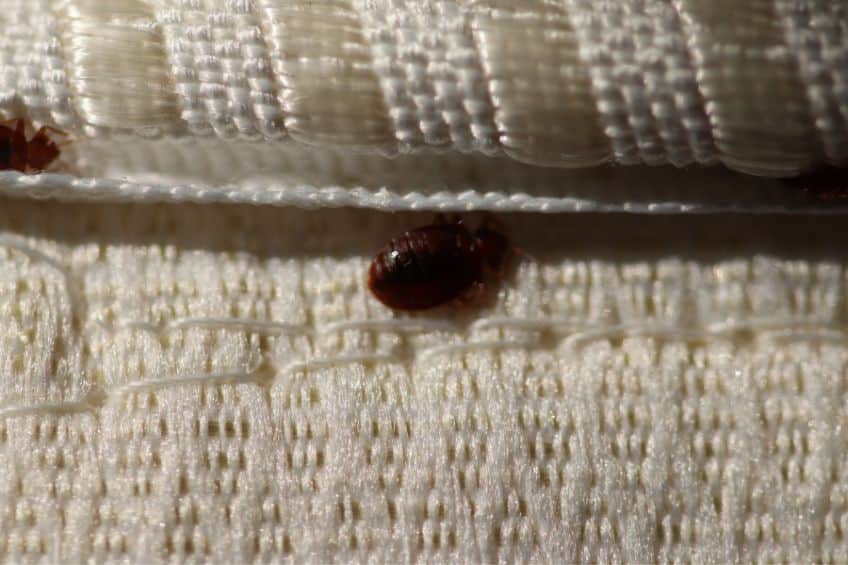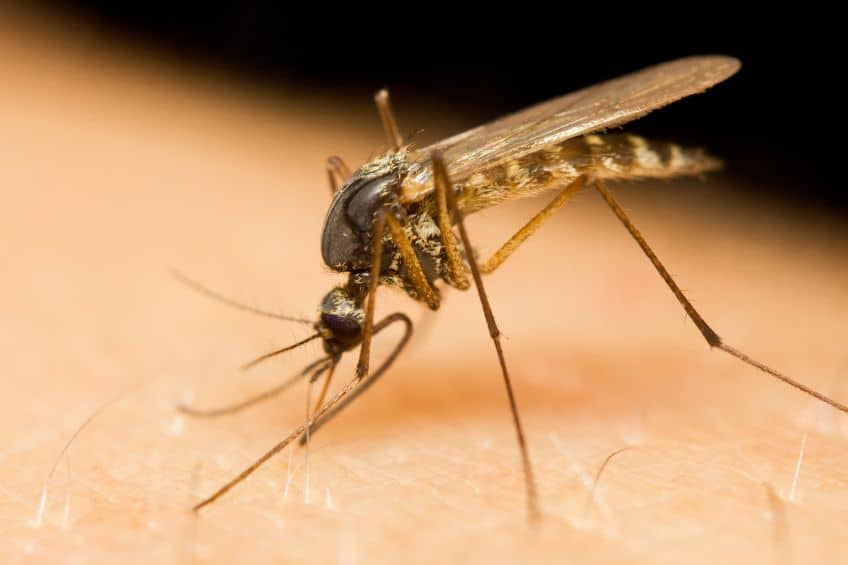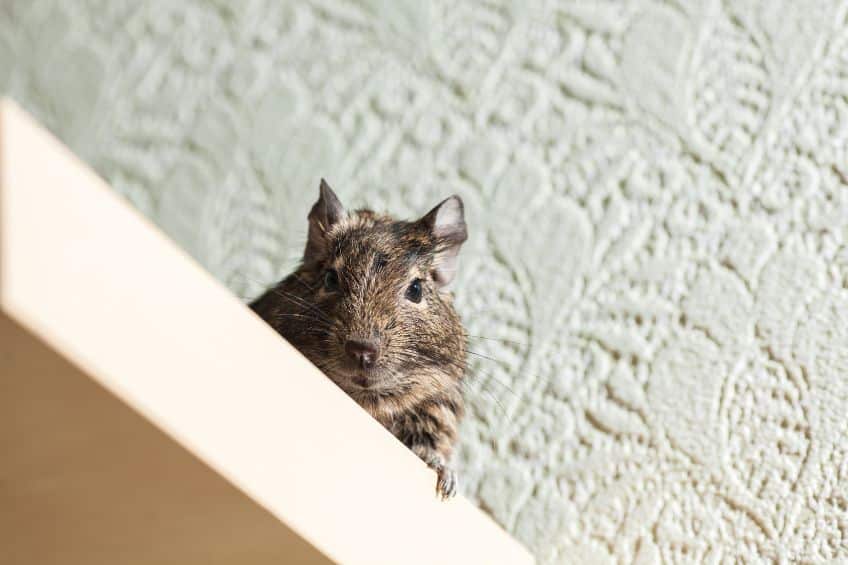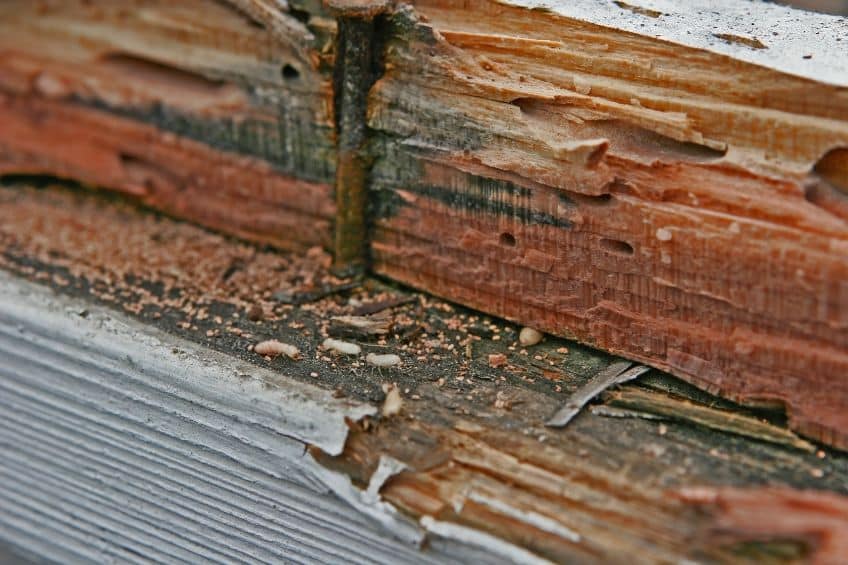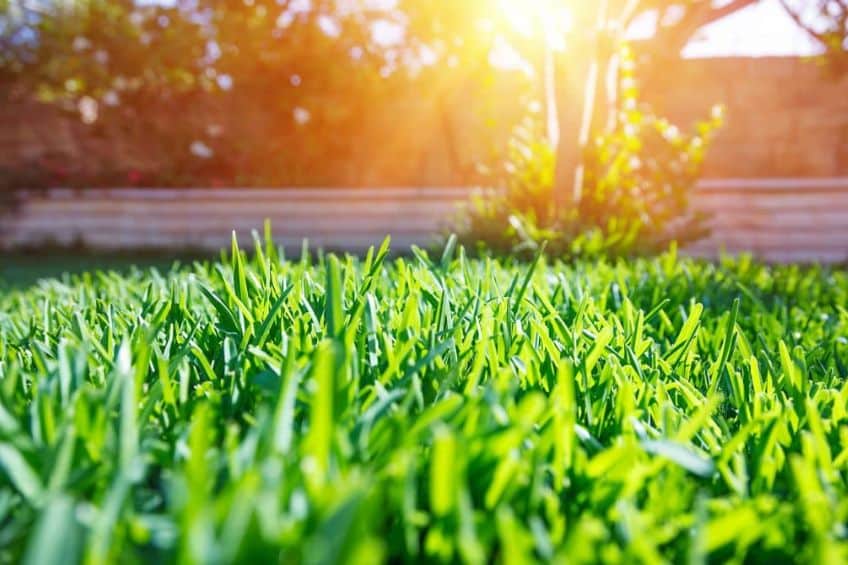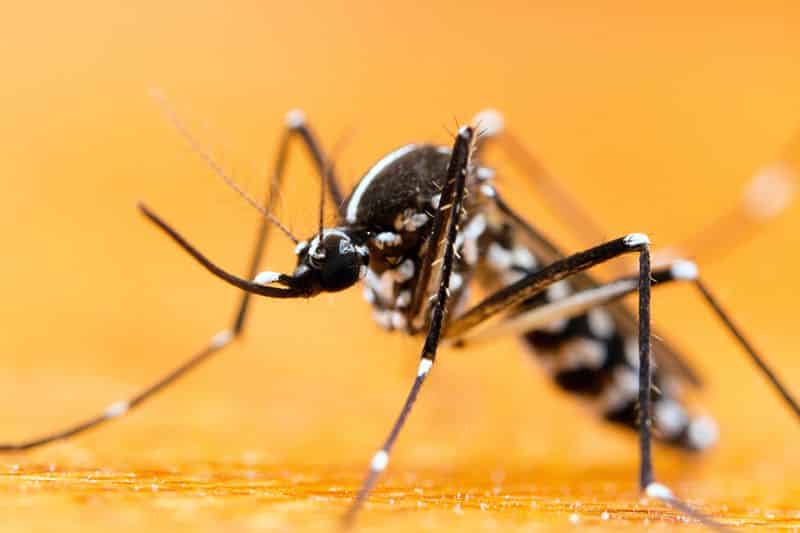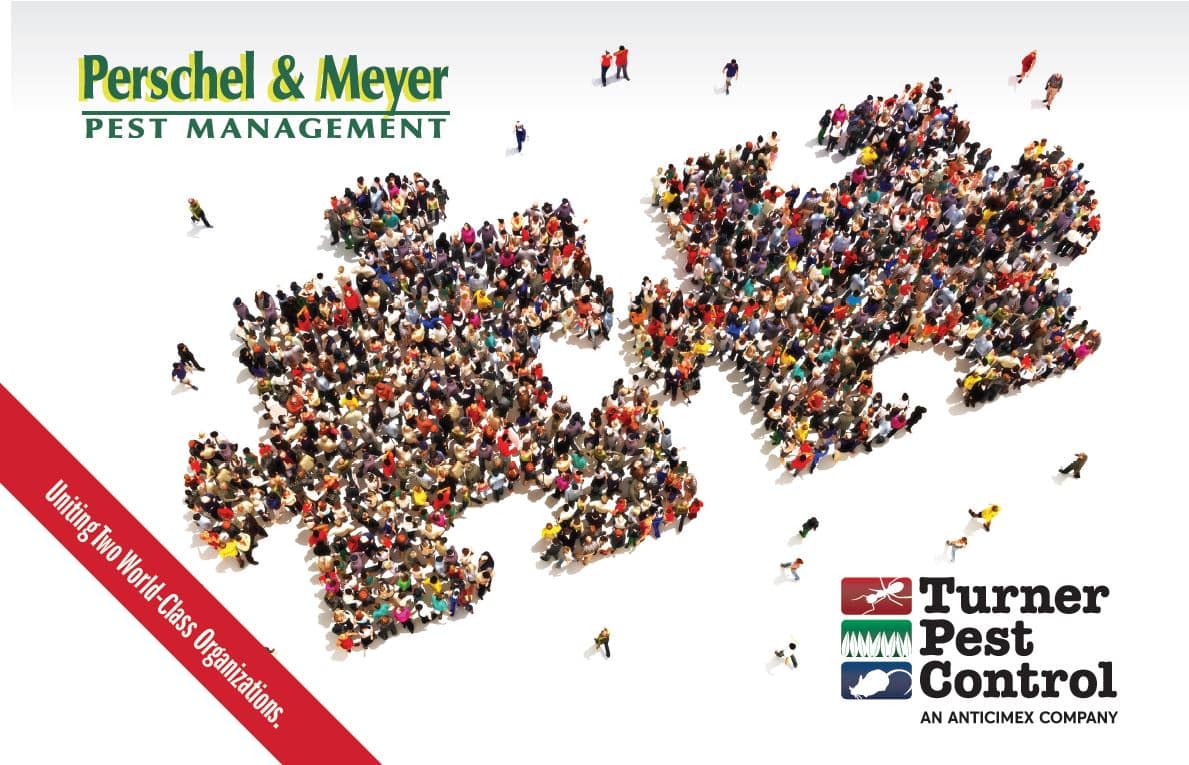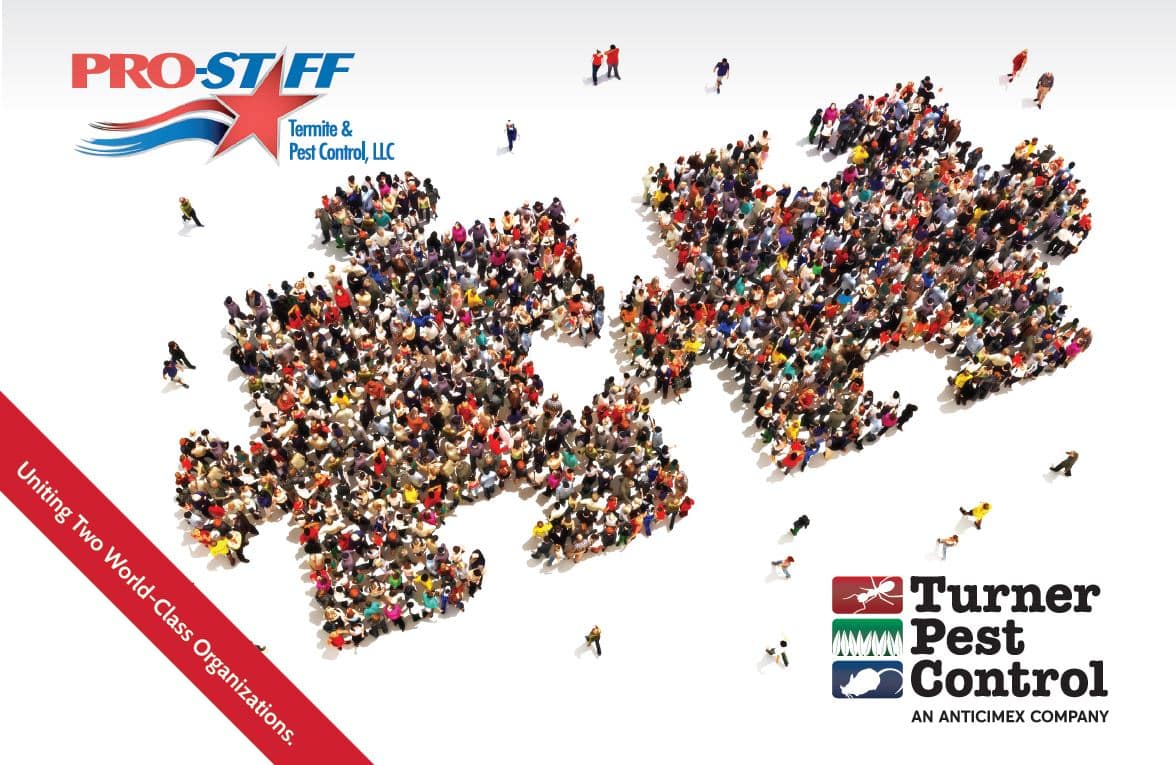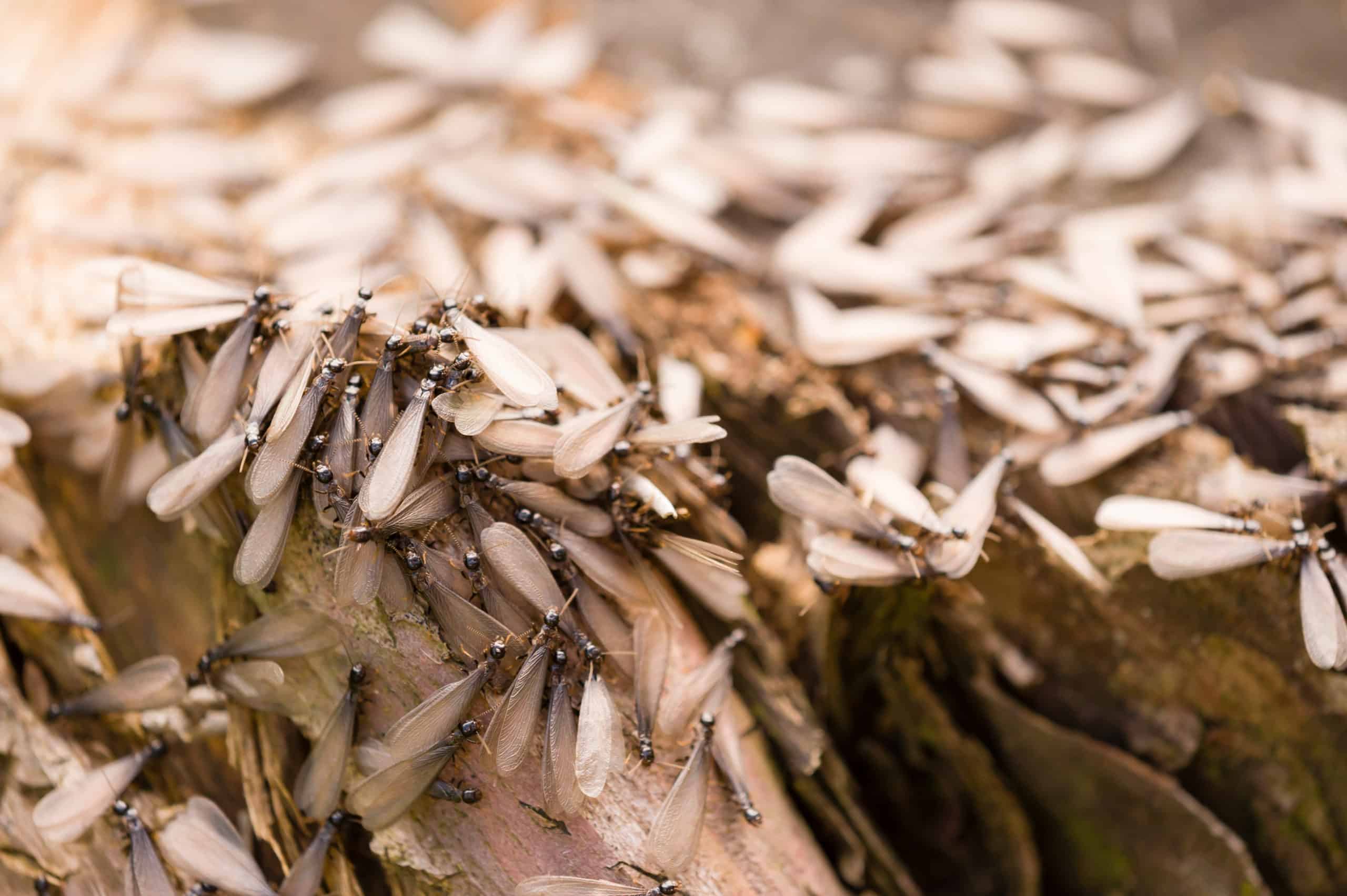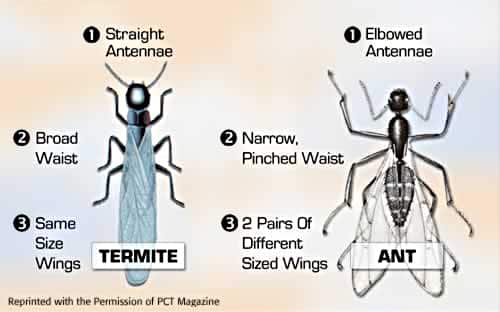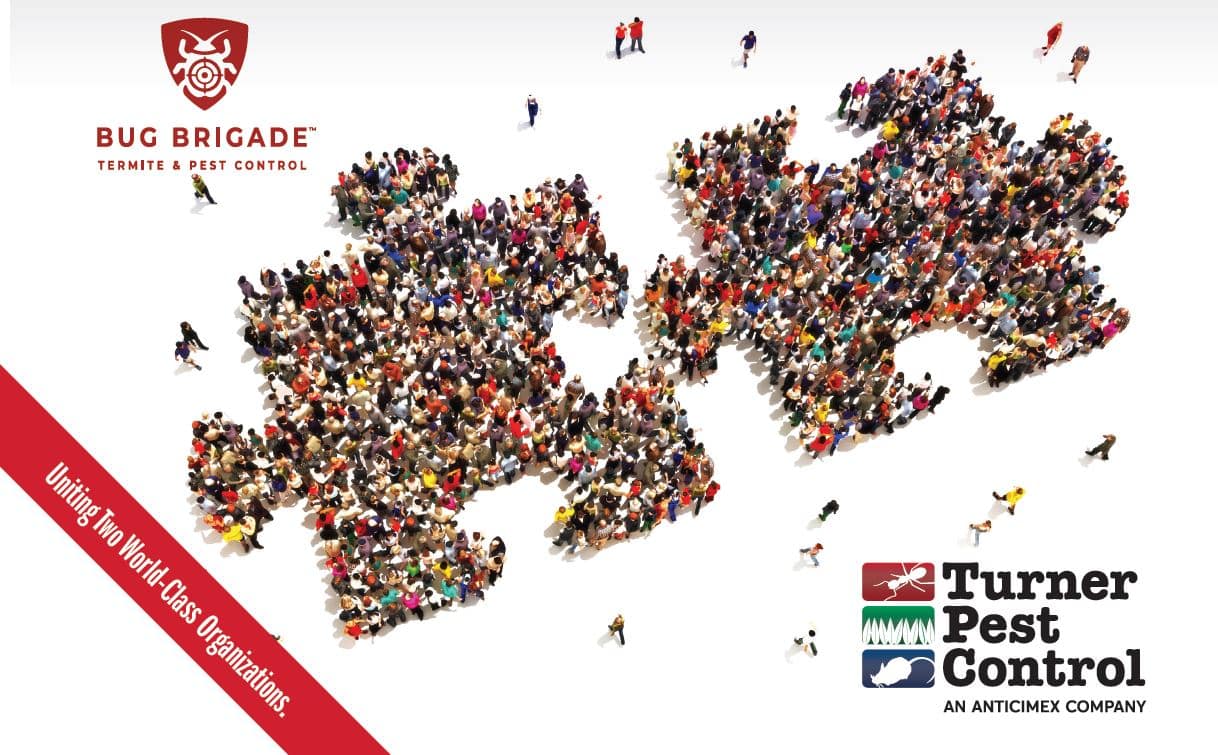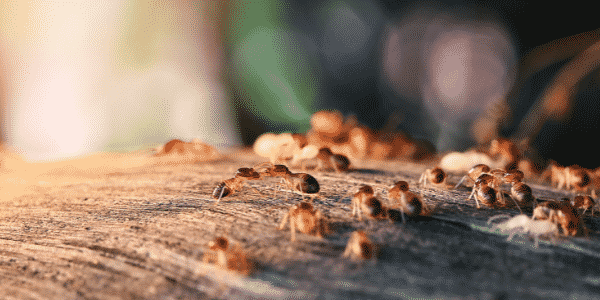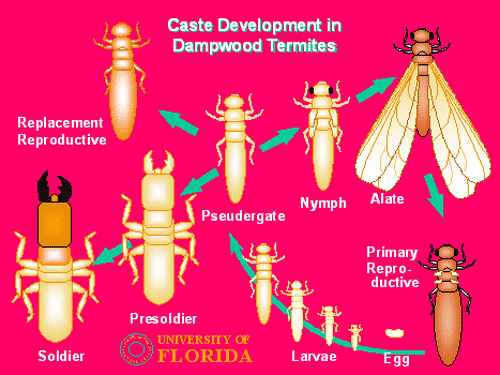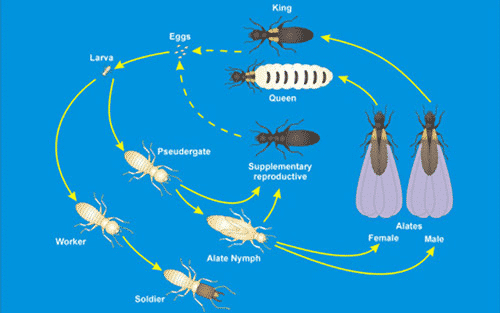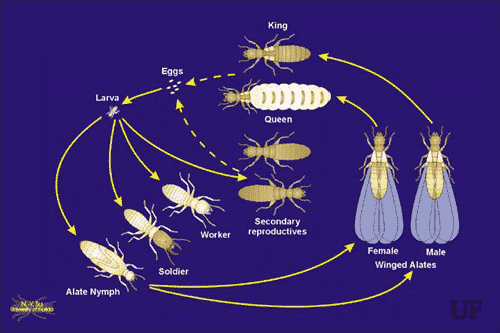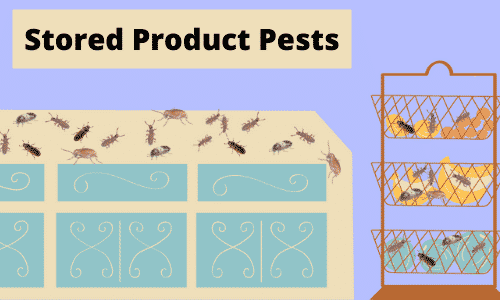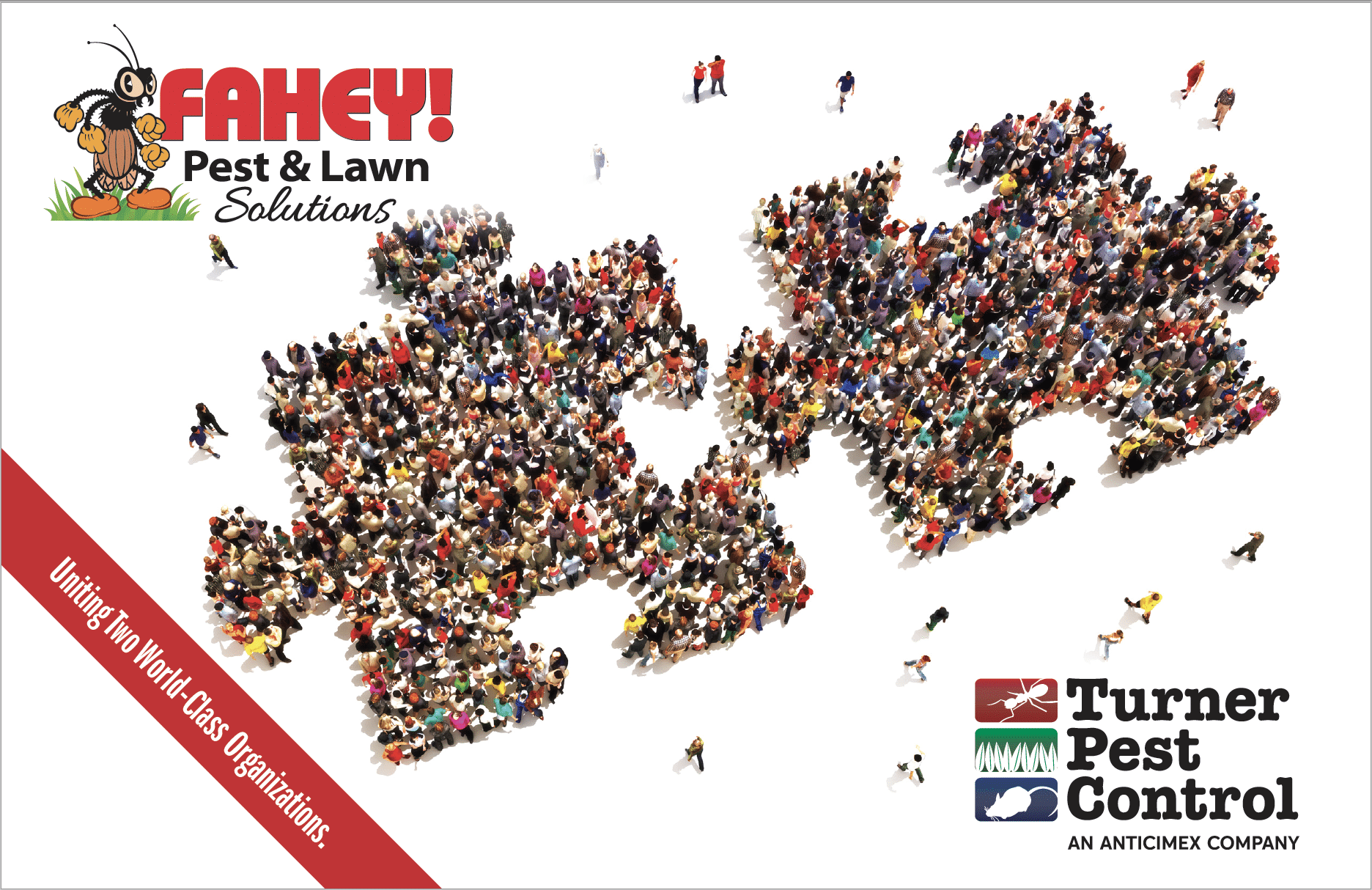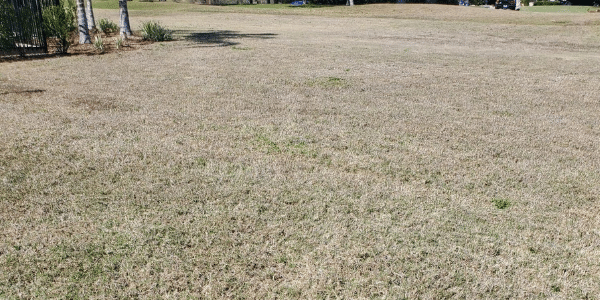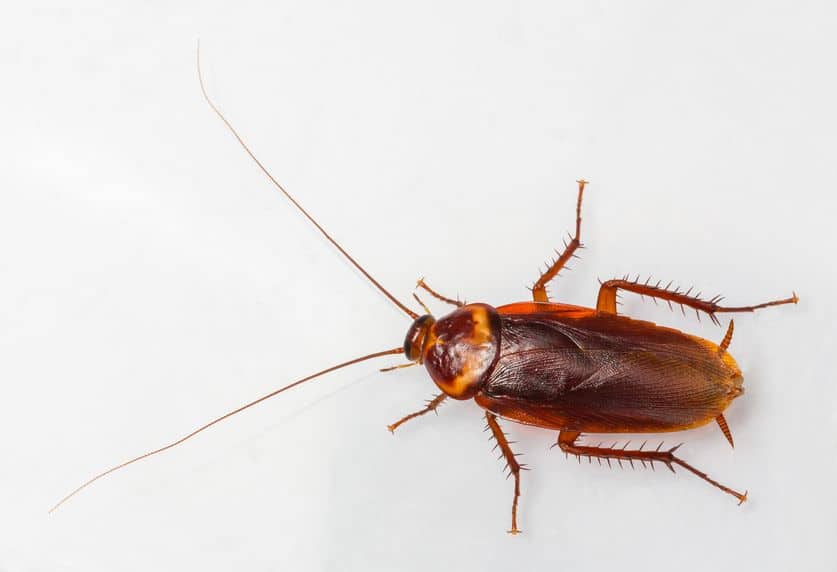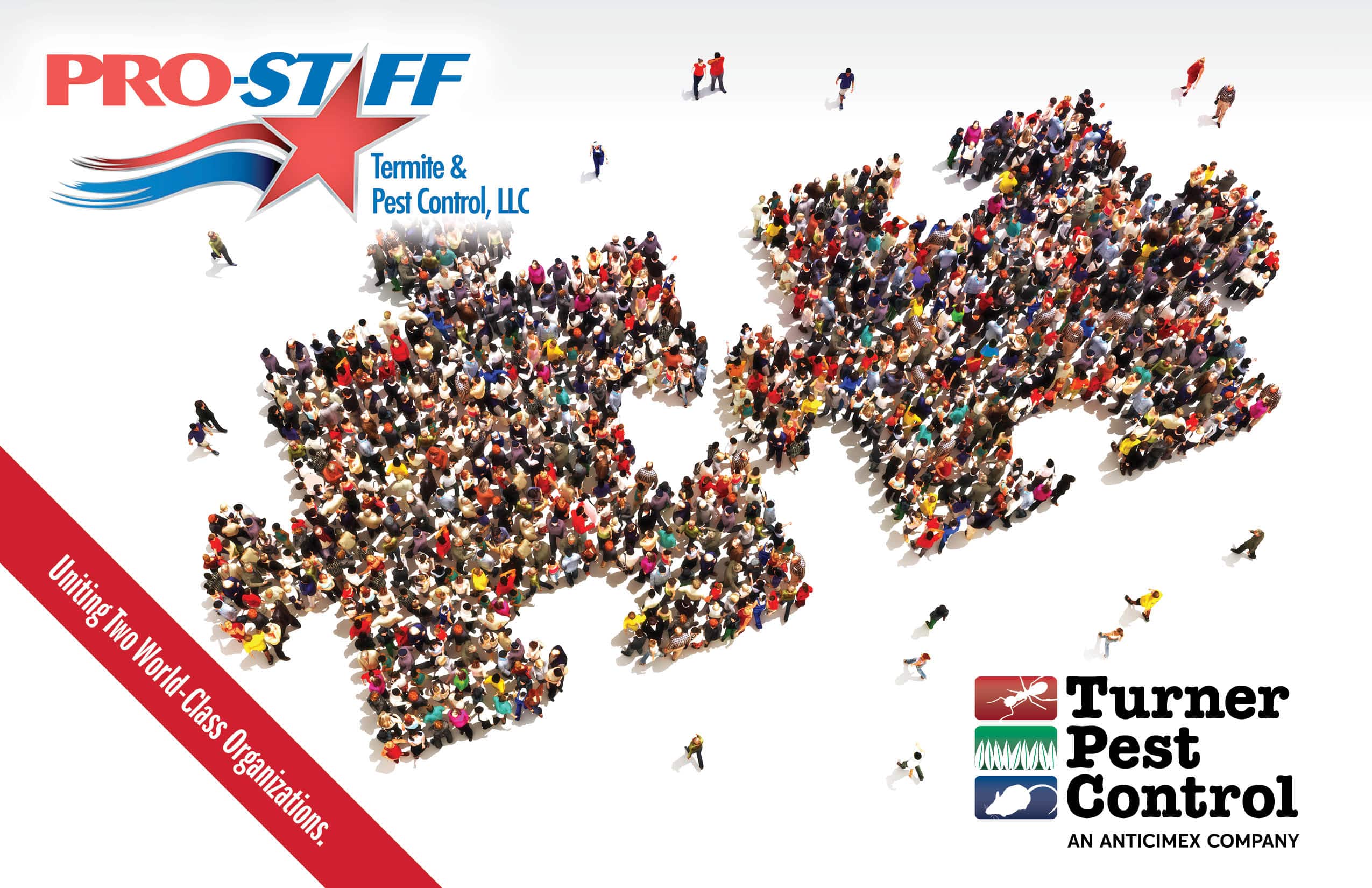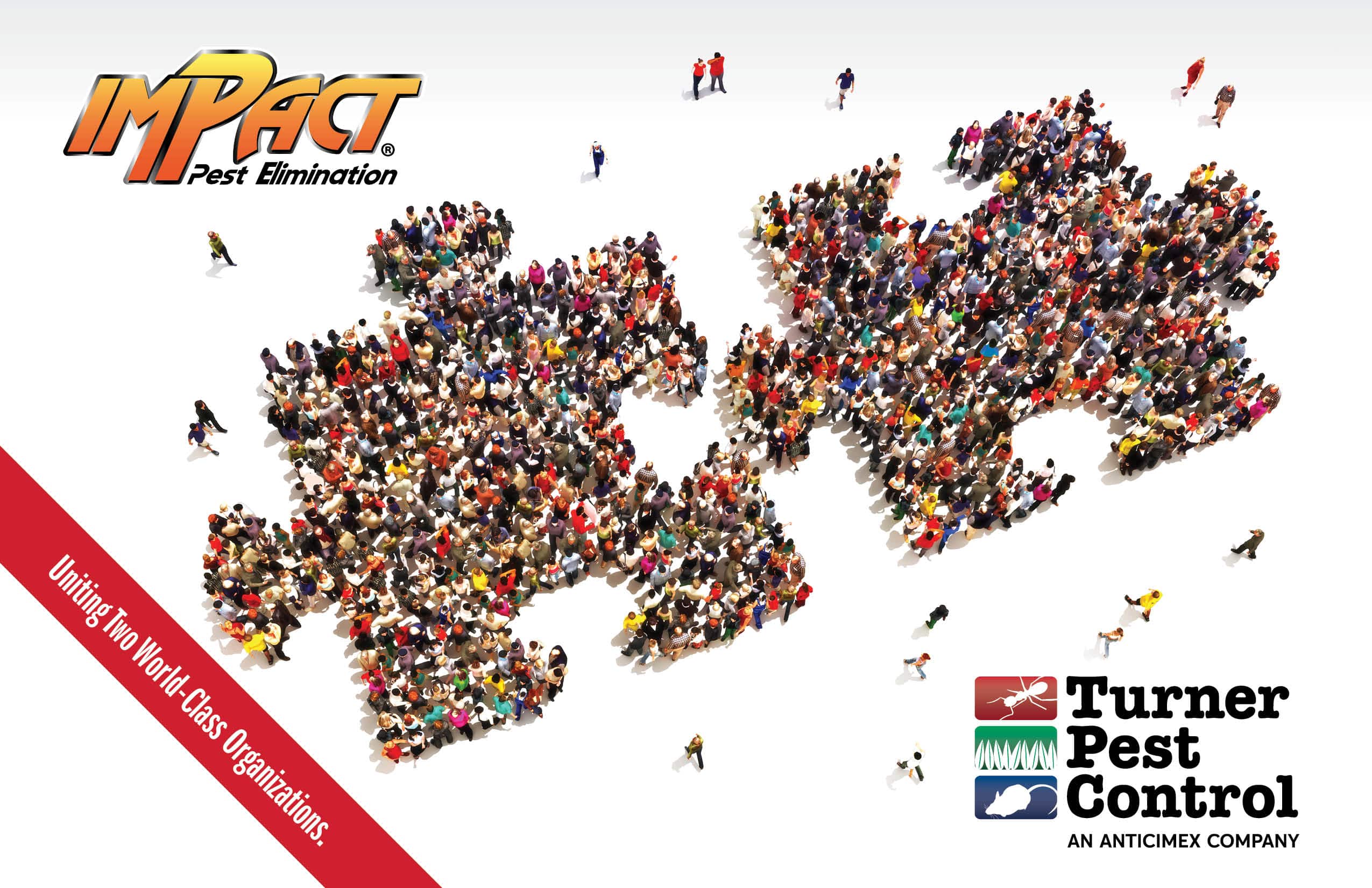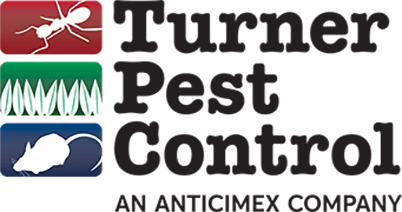According to the Centers for Disease Control and Prevention (CDC), a key difference between cleaning and disinfecting your home involves the substances used to assist in the process. Cleaning, CDC defines, uses soap (or detergent) and water applied with a scrubbing motion to reduce “germs, dirt, and impurities from surfaces.” Disinfecting, meanwhile, uses chemicals that destroy any post-cleaning surface germs.
The CDC notes how, in general, cleaning is enough to help prevent illnesses with disinfecting called for if someone in your home is sick or a sick person has recently visited. Or, if someone has a higher than normal risk of getting sick, perhaps because of immunity issues, disinfecting makes sense.
COVID-19, of course, has been a game-changer in the ways we live, work—and clean and disinfect homes, making disinfection much more in demand. This post will guide you through how to disinfect your home, according to CDC guidelines, and details about Turner’s home disinfection services that provide safe, effective virus protection directly to and for you.
If you already need home disinfection services, we know you don’t want to wait. So, please contact us online or call 800-225-5305 for either a one-time service or to sign up for a regular disinfecting schedule.
A Look at the COVID Virus
Home disinfection addresses viruses and bacteria beyond the one causing COVID—but this virus is one of concern for plenty of homeowners, so we’ll provide a quick overview. COVID-19 is an infectious disease caused by a virus: the SARS-CoV-2 virus.
COVID-19 is short for “coronavirus disease 2019” for the year it began to spread and these terms refer to the disease instead of the virus. The virus is named SARS-CoV-2 with “SARS” being an acronym for “severe acute respiratory syndrome”; CoV standing for “coronavirus”; and “2” standing for the second strain of this virus to manifest.
Because COVID-19 is an infectious disease, one that can spread from an infected person to other people via airborne droplets, it can help to disinfect a home when there is any reason for concern.
How Airborne Diseases Spread
WebMD.com notes that, because few diseases are actually airborne, people didn’t necessarily think about this concept much before COVID-19. That said, measles and tuberculosis (TB) are airborne with four other diseases sometimes being transmitted that way: chickenpox, influenza (flu), pertussis (whooping cough), and the respiratory syncytial virus (RSV).
Airborne diseases are spread when an infected person “sneezes, coughs, laughs, or otherwise exhales in some way.” Droplets carrying the disease can “linger in dust particles and respiratory droplets” and can be inhaled by someone else. This means that you don’t need to be in contact or even in the same room at the same time as an infected person to potentially catch an airborne disease.
WebMD gives this example: if you went into a bathroom where someone had been in minutes before—and that person coughed—droplets of an airborne disease that person had could still be traveling in the air currents, available to be breathed in by the bathroom’s current occupant.
In addition, droplets can “cling to surfaces,” which makes airborne transmission possible “over relatively long distances and spans of time.”
This triggers the need for disinfection in places where an infected person may have exhaled.
How Disinfectants Work
For everyday cleanups, products including soap or detergent, plus water and elbow grease, work fine and this process is what can be used daily. As the CDC shares, this can lower the number of germs on a particular surface, which in turn lowers risks of infection in ordinary circumstances.
Disinfectants, though, go above and beyond what soaps can handle, which makes them the substance of choice when someone has been sick or in geographical areas where COVID-19 is worrying. Although there are different chemical compositions of disinfectants, they all work in generally the same way: by destroying the protein/membrane that is the outer layer of a microbe.
After this protective envelope is destroyed, viral inner contents spill out, which means that a virus like SARS-CoV-2, after use of the right disinfectant, is no longer able to reproduce and spread. In common language, the disinfectant kills the virus (talk to ten scientists and you may get ten different answers about whether viruses, technically speaking, are ever actually “alive”).
Now, here’s a look at something else that disinfectants kill: bacteria. A bacterium typically has a cell wall, cell membrane, and cytoplasm—and is therefore a living creature. Disinfectant breaks apart what’s called a phospholipid bilayer, and then can either kill off the bacteria or make it non-functional, which in effect kills off its ability to be harmful to people.
Here’s more about home disinfecting guidelines and professional home disinfection services.
Home Disinfection Guidelines
The CDC recommends regular cleaning before disinfecting and then using an EPA-approved disinfectant, storing products in a safe place according to label directions to prevent harm to children or pets. Be careful not to mix products that create “very dangerous” fumes, such as a combination of bleach and other cleaning/disinfecting products. So, read labels carefully.
Use the products according to directions without overuse. Wear gloves that are appropriate for the product and additional personal protective equipment (such as protective eyewear) as needed. As you disinfect by hand, include the following surfaces:
- Tables
- Doorknobs
- Light switches
- Countertops
- Handles
- Desks
- Phones
- Keyboards
- Toilets
- Faucets and sinks
- Touchscreens
Leave the disinfect you’re using on each surface long enough for germs to be killed. Each product should list its “contact time,” a period when a surface must be continuously wet to effectively disinfect that area. While disinfecting, open windows and doors to allow enough fresh air into the home.
Some products need to be diluted. If so, use room temperature water unless otherwise advised by label directions. Label diluted solutions for clarity.
These two cautions are provided:
- Do not eat, drink, breathe, or inject cleaning and disinfection products into your body or apply directly to your skin. These products can cause serious harm.
- Do not wipe or bathe pets with any disinfection products.
As another option, you can use Turner’s home disinfection services, a misting service that offers protection from the COVID-19 virus along with other viruses and bacteria.
Overview of Turner’s Home Disinfection Services
Homeowners rely upon this service to offer protection against viruses and bacteria, including but not limited to the virus that causes COVID-19. This service provides a spray mist disinfection application and a wipedown of your home’s hard surfaces. As anyone who hand disinfects surfaces through a home already knows, that’s very time consuming. Misting, though, allows us to quickly and efficiently disinfect even large areas.
This treatment is fact acting, killing pathogens in mere seconds while also being safe on all surfaces, including walls and floors. The disinfection contains environmentally friendly ingredients that naturally degrade and reaches even inaccessible places in your house.
If you’d like a free, convenient, no-obligation quote by phone, just call us at 800-225-5305. No inspection required! Preparation is minimal and requires just a few simple steps. We’ll provide clear instructions and, after the treatment, you, your family, and your pets can come back home in just two hours.
You can have a single treatment to address current concerns or schedule recurring services for ongoing protection in the long term. Pricing is customized for your home’s square footage.
Here are some commonly asked questions about our home disinfection services:
What Disinfectant Do You Use and How Safe and Effective Is It?
Our disinfectant of choice is Nisus DSV. This is a type of industrial-grade, safety-rated disinfectant that governments around the world use for emergency disease control purposes. The United Nations Food and Agricultural Organization lists this in their biosecurity guides and the United States Environmental Protection Agency (EPA) has named Nisus DSV as a disinfectant that’s effective against SARS-CoV-2 (the virus that causes COVID-19).
Research studies demonstrate how Nisus DSV effectively kills pathogens in just seconds while being safe for all surfaces. After we apply it in your home, you’ll need to wait two hours to re-enter. This allows time for complete drying and, therefore, maximum effectiveness.
Plus, ingredients in this disinfection naturally degrade within the environment, making this the right choice for Turner’s home disinfection services.
What is TurnerClean Disinfection Misting Service? What Are Specifics?
TurnerClean is the branded name of our home disinfection service, a broad-spectrum misting service that allows us to quickly sanitize large areas, including kitchens, bathrooms, home offices, living areas, and more quickly and effectively for powerful virus protection.
Our trained technicians apply this disinfectant (Nisus DSV) to your home’s floors and walls, as well as surfaces and other items. This is a very fine mist, which means that it penetrates otherwise inaccessible areas of the home to provide the maximum in coverage and protection.
As fine particles settle over your home’s surfaces, these surfaces will be damp for a short amount of time. During this timeframe, the disinfectant is doing its important work, and then the surfaces will naturally dry. If you were there, you’d see fine micron particles of Nisus DSV hanging in the air as they gradually settle on surfaces throughout the home. That said, this is the period when you, your family, and your pets can’t be in the home. Figure a two-hour drying period, depending upon the amount of ventilation.
Besides this bio-fogging process, Turner technicians will wipe down hard, heavily contacted surfaces, which can include doorknobs, handles on cabinets, beneath counters, and so forth.
Who Can Receive TurnerClean Services?
We provide TurnerClean to owners of single-family homes and condominiums within our service areas. (Although outside the scope of this post about home disinfection services, we also provide TurnerClean for a wide scope of businesses.) Each client can choose between one-time service or recurring protection.
What Should I Do After Receiving TurnerClean Services?
If any food or drinking containers were left in exposed places (for humans or pets), rinse them before use. If any surfaces still have any moisture, dry them with a paper towel and then dispose of that towel, avoiding direct contact with your hands or other body parts. Then, if you bring any new items into the home, sanitize them first.
Other than that, you can enjoy enhanced peace of mind in a professionally sanitized home. If you’ve only scheduled a one-time service and want to turn that into a recurring service for even greater peace of mind, contact us online or call 800-225-5305.
How is TurnerClean Better Than Other Options?
Ways in which we surpass other service providers include the following. We:
- Use an EPA-approved disinfectant, one that allows for maximum effectiveness, efficiently killing pathogens in just ten seconds
- Meet CDC guidelines; you can find more information about that in our commercial disinfectant service information
- Employ tri-jet misters to create droplets of disinfectant that are as small as fifteen microns, able to get into the tiniest, most inaccessible places in your home
- Train employees via a two-tier program on disinfection methodology
- Combine misting and wipedown to ensure comprehensive treatment of all surfaces
- Minimize the time you’ll be out of your home
- Offer both a one-time service and recurring services, customized to your needs
- Are available after hours and on Saturdays, as needed
In short, we get the job done right.
Choosing Turner for Home Disinfection Services
Turner Pest Control is a Homeland-Security-approved essential business, one that’s committed to your health and safety. Our company protects more than 60,000 homes and businesses throughout Florida, which includes millions of square feet of office space.
When you choose Turner for your home disinfection services, you can count on the best:
- People: professionally trained technicians
- Products: latest, safest, and most environmentally friendly
In 2021, we marked half a century of service, one filled with growth and innovation. Turner has become one of the fastest growing companies in Florida.
Please contact us online or call 800-225-5305 for our home disinfection services. We’re here and ready to help!
